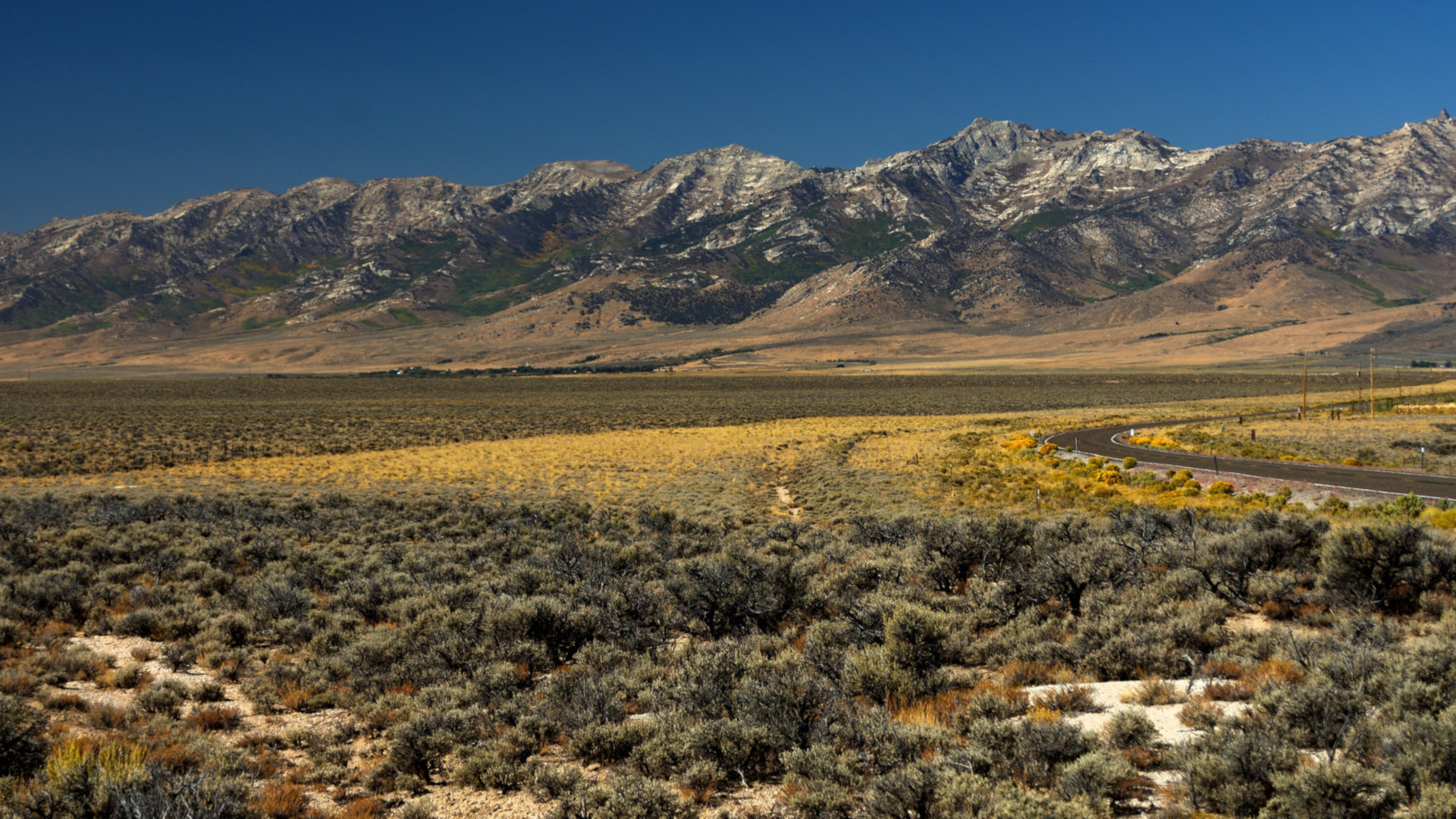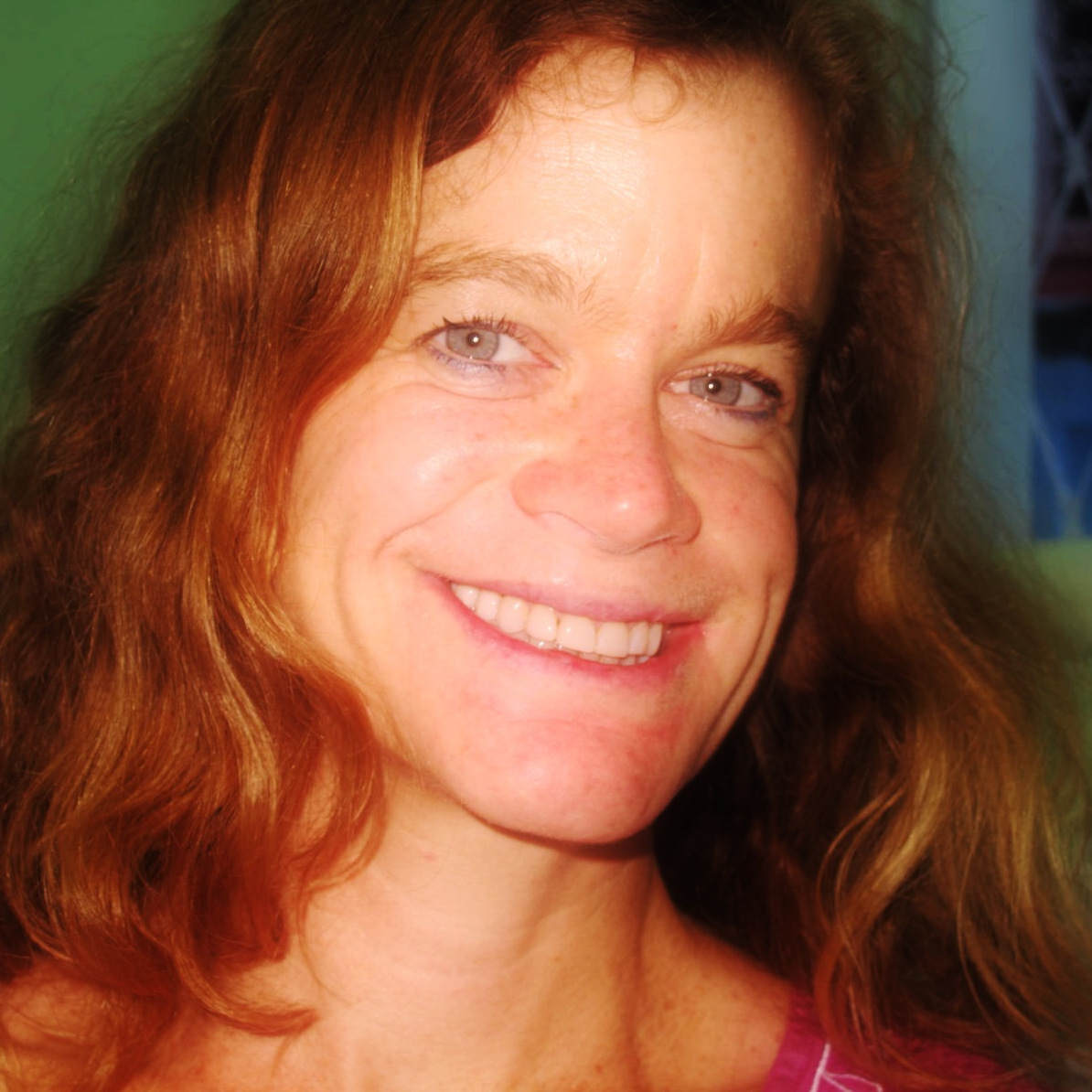It’s a frigid December morning when I meet Chairman Joseph Holley at the Te-Moak tribal headquarters in Elko, Nevada, seven hours north of Las Vegas. Holley, tall and round-faced, offers me a cup of coffee. He has the burly build of a man who worked 37 years in the area’s gold mines, drilling aboveground and digging below the surface.
Holley’s a relatively new tribal chairman, having served since November 2018. “I’m still catching up with a lot of things,” he tells me. He’s following in the footsteps of father, activist Glenn Holley, Sr., who fought for aboriginal title to restore Te-Moak lands starting in the 1970s.
That heritage of activism may need to be invoked for the struggle that Chairman Holley and the Te-Moak now face. A major plan to lease drilling rights near the Ruby Mountains, including land bordering the Ruby Lake Wildlife Refuge, threatens not just the local ecosystem but the tribe’s very existence.
Mining the Mountains
The Ruby Mountains are a prime summertime destination for anglers and hikers, but for the Te-Moak Tribe of the Western Shoshone, who have called the area home for tens of thousands of years, these are the Duka-Doya mountains. Here are pronghorn and bighorn sheep, mule deer and greater sage-grouse. The rivers run with mountain whitefish and native rainbow trout, while endangered Lahontan cutthroat trout swim in the lakes. Here the Te-Moak have gathered nuts and branches and tracked the pathways of wildlife, in tune with the changing seasons. Over millennia, the Te-Moak learned what plants grow where and when, and which animals come to drink in certain springs.
These are watering holes that — if oil and gas companies get their way — might dry up forever, bringing the Te-Moak cultural history to a close.
This June the Nevada Bureau of Land Management plans to auction oil and gas leasing rights on 934,244 acres of public lands in the Ruby Mountains area. Long in the works, the lease parcels were formally announced on Feb. 19. In Elko the BLM will offer 49 parcels, comprising 75,005 acres. In the nearby Battle Mountain district, it will lease 123 parcels, amounting to 264,075 acres. The Ely district will see the largest amount leased: 291 parcels totaling 604,164 acres.
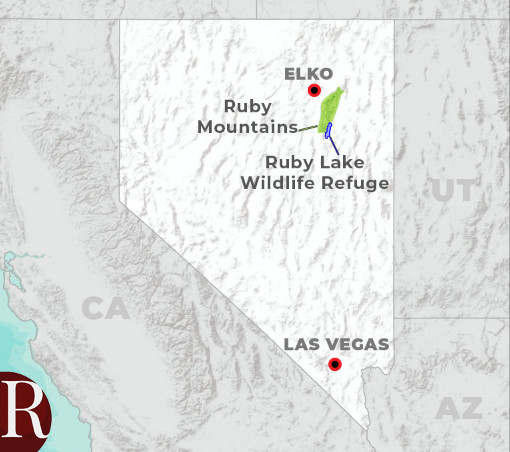 According to Holley, lands included for possible leasing are both within and adjoining the South Fork Band reservation at the foothills of the Ruby Mountains. (The Te-Moak have four bands: the South Fork, Wells, Battle Mountain and Elko colonies.)
According to Holley, lands included for possible leasing are both within and adjoining the South Fork Band reservation at the foothills of the Ruby Mountains. (The Te-Moak have four bands: the South Fork, Wells, Battle Mountain and Elko colonies.)
Another 52,533 acres in the nearby Humboldt-Toiyabe National Forest were expected to be similarly auctioned, but the U.S. Forest Service denied that lease request on March 14 following months of public outcry and data that showed the land had little drilling value.
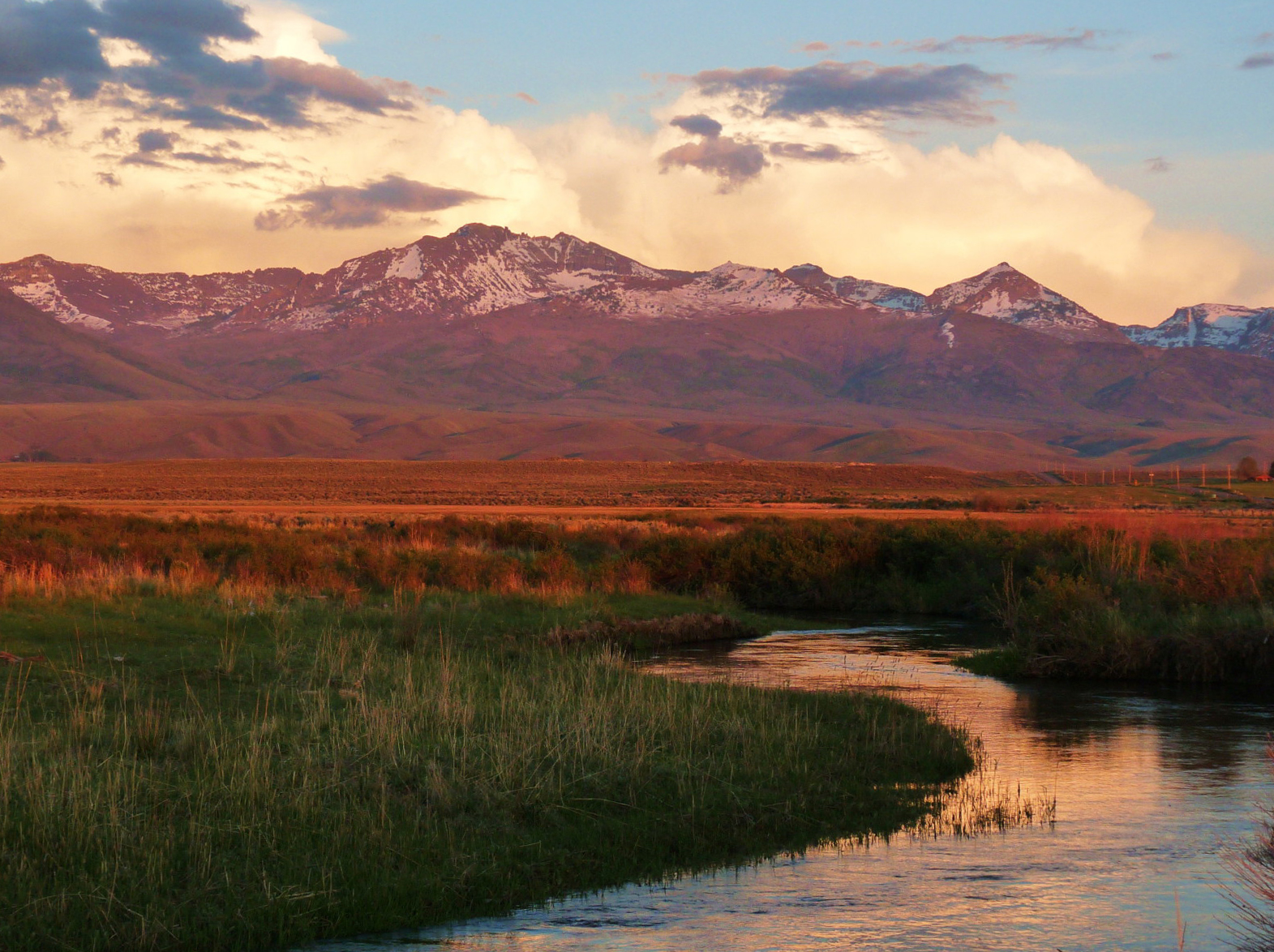
When I visited Elko to talk with Chairman Holley and other residents, I found that many people were still unaware of the ongoing BLM leasing plans. Those who heard feared they would have devastating effects on the local land and peoples and expressed outrage at how little the tribe was consulted.
Polluted Medicines
I meet Fermina Stevens in an Elko hotel/casino. Stevens served as chairperson representing the Elko Band on the Te-Moak tribal council from 2000-2003 and since 2012 has worked as a legal assistant for the Cavanaugh-Bill Law office, where she’s assisted on cases of the Western Shoshone Defense Project.
As we sit at the casino bar, Stevens tells me she’s concerned about public access. Specifically, tribal access.
Historically the Western Shoshone used a wide swath of land, travelling to seasonal camps and trekking to different sites to gather various foods and medicinal plants. That traditional land is now federally owned “public” land, with highly restricted access. Only 14,005 acres have been accorded to the tribal reservations.
“We have to go to public lands to gather,” Stevens explains. “We gather willow across a wide area, which means we need wide access.”
Red and green willow, which are used to create cradleboards and baskets, have particularly important cultural significance, she tells me.
“Our culture is our gathering, our willow, our prayer. We come from the land.” Other important plants include cedar, sage, and the doza root that grows close to sagebrush. In early fall, from September to October, the Te-Moak gather pine nuts.
And the Te-Moak’s limited acreage doesn’t protect many sites of spiritual and cultural significance. If tribal members wish to conduct a ceremony on BLM land — for example, at the summer and fall solstices, the points of the year of highest cultural significance — they must submit a request to the agency, including a map of the area to be entered.
Holley later tells me this raises a particularly difficult dilemma: How do they protect these areas of sacred significance without announcing them to the outside world?
He asks, what will happen when those sites the Te-Moak have been utilizing for centuries end up in private hands? How will the continuity of their culture be affected?
Stevens says she also worries about how the land itself will be affected by oil and gas development, particularly fracking.
“Fracking pollutes our medicines, the water, the animals who are drinking the water,” she says. Leasing the land, including fracking, “affects us spiritually. It’s a big loss. We need clean water and plants to conduct our ceremony.”
Lost Lands
For the Western Shoshone, these lands have always been theirs.
The 1863 Treaty of Peace and Friendship at Ruby Valley acknowledged as Shoshone lands a wide swath from the Shoshone River Valley in the north, to the Smith Creek Mountains in the west, to the Colorado Desert in the south to the Great Salt Lake Valley in the east.
Holley asks: How will fracking affect those never-ceded lands, now held by BLM “as a trustee” of public lands?
If the piñon trees dry up because water-intensive fracking sucks springs dry, then how can the Western Shoshone teach their children about the history that happened at that spring?
“Kids will lose their culture, tradition and history.”
Holley has seen the pattern before with past mining projects. For example, the Newmont Mining Company’s open-pit Lone Tree gold mine notoriously polluted the local water with arsenic, boron and other contaminants. BLM promised the Te-Moak that water sources would remain unaffected. However, according to Holley, “the mine drew water down to where springs don’t flow any more. It changes the whole landscape, everything that depends on the water, the grasses, the trees, the animals that drink from the springs.”
More recently, Holley says, BLM permitted Newmont to dry up 63 springs near its Long Canyon Mine in Wells.
“BLM assures us that it will be fine, that the water will be healthy,” Holley says. “It never is fine.”
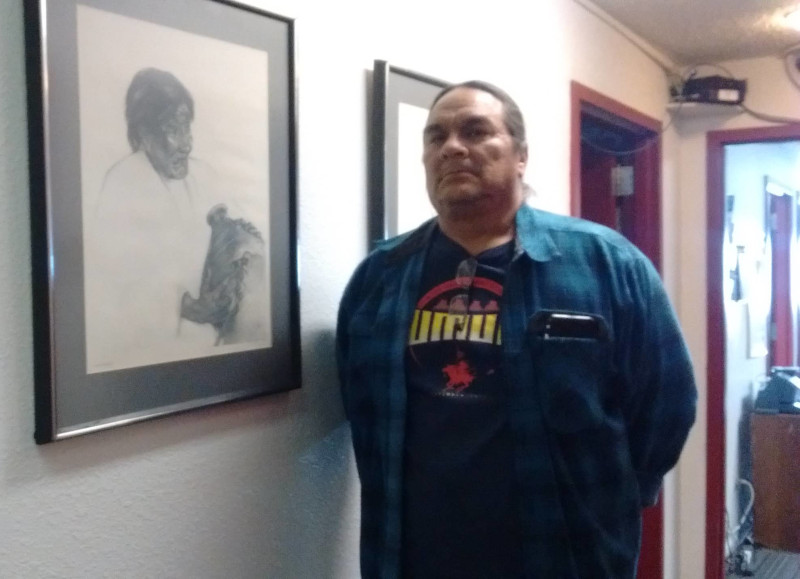
Kyle Hendrix, public affairs specialist for the Battle Mountain BLM district, later tells me that cleanup of mining waste by companies such as Newmont is “voluntary.”
In Elko Holley’s jaw is set, eyes registering the memory of failed promises.
Contradictory Stories About Consultation
During and after my visit to Elko, I’m told conflicting stories about whether and how tribes had been consulted on this leasing of public lands.
The Nevada BLM’s Environmental Assessment report, dated Feb. 13, states that consultation included “letters, phone calls, e-mails, and visits with individual tribal/band Environmental Coordinators or other representatives.”
Chairman Holley denies that, stating that aside from a Feb. 4 letter informing the tribe of the June auction, the Te-Moak have not been contacted in other manners. According to Holley, authentic consultation has not happened.
Letters, he says, show little understanding of his people’s culture or policies. BLM and Forest Service consultation-request letters require a reply within 30 days, but the Te-Moak Council, which makes all decisions collectively, meets only once a month. Ironically, the very letter to invite consultation from the tribes imposes a timeline that ignores the tribal calendar.
When I contact all three BLM relevant districts (Ely, Battle Mountain and Elko), the claim to have visited tribal members appears to be more aspirational than accurate. Greg Deimel, public affairs specialist for the Elko district, says their district’s tribal liaison Native American coordinator would have met with tribal councils in January were it not for the government shutdown.
Kyle Hendrix, public affairs specialist for the Battle Mountain district, tells me that the letters sent on Feb. 4 are “the only formal letter on consultation for the upcoming June sale.”
Hendrix says the BLM’s goal “is to provide government-to-government consultation with the sovereign tribes, which is a little bit elevated and happens earlier than the more standard public scoping processes. We’re looking to get early issues and concerns. If they’ve got an area of tribal significance, cultural significance, within some of these areas that we’re looking at doing that, it’s the opportunity to say ‘These are our concerns,’ and what can be done to include the removal of that parcel in that sale.”
He adds, “We’ve got a great working relationship with the tribes. It’s really a high priority for the Battle Mountain district.”
But Holley objects to smaller BLM districts sending letters to the tribe, arguing that it doesn’t constitute actual government-to-government consultation, which would be “President-to-president, country-to-country. Get us to the top, somebody that can make changes, make adjustments.” Meeting with his counterpart in the Nevada BLM at the state level, he says, would fulfill government-to-government consultation.
Federal Declarations on Consultation
What’s legally and culturally expected in tribal consultation?
International declarations require more than just consultation, says Matthew Campbell, attorney for the Native American Rights Fund. The United Nations Declaration on the Rights of Indigenous Peoples, Article 32, states that indigenous peoples must give “free, prior, and informed consent” to projects that will affect them.
In U.S. law, Campbell explains, “the federal government has an obligation to consult with Indian tribes on matters that will have an impact on the tribes, their resources, whether it’s water resources or land, their traditional resources, cultural resources, within their traditional areas.” He mentions directives issued by Presidents Clinton and Obama stating that the government needs to take its obligation to tribes very seriously.
Campbell says the federal government’s responsibility to tribes is “separate and apart from any obligation that it might have to the public. Tribes are not just mere stakeholders. Because they have the unique government-to-government relationship, the feds have a unique obligation to reach out, take affirmative steps to ensure the tribes understand what it intends to do and get the tribes’ position.”
I mention Chairman Holley’s contention that he’s only received a letter from BLM, but no contact beyond that.
Campbell declined to comment on the specific case, but says “in general, form letters should not be sufficient. They need to reach out to the tribes and ensure that they really understand what is taking place.”
How Are Cultural Resources Assessed? The Story Between the Stones
If the June auction goes through, any oil and gas companies winning leases would have to spell out their plans for the land. It’s only at this point that the BLM would hire an archaeologist to survey the “cultural resources” on those particular parcels.
Holley objects to this process, saying an archaeologist’s assessment can’t be called a “cultural survey” if the tribe isn’t asked to consult on it.
The problem, Holley says, is that an archaeologist may identify art on stones and determine those areas to be worthy of protection. But without the storied past of the Te-Moak culture, the expert might be ignorant of a spring or other natural features of cultural significance, where the Te-Moak have passed on teachings through the generations.
“They label archaeological surveys as cultural surveys, but they won’t pay or invite us to be on site,” he says. “So it’s not a cultural survey. This happens quite regularly, all the time.” Holley maintains that such surveys turn out to be rubber stamping what the company already intends to do.
“We’re much more than stones. Tell me what happened in between the stones,” Holley insists. It is a declaration that resists the historical tendency of anthropology and archaeology to see native peoples as physical artefacts rather than living cultures whose oral histories are embedded in the land.
Holley prods, “Who better to do such an assessment than the ones who live the story between the stones?” To his mind the Te-Moak should be integrated into the beginning of any cultural surveys. And be paid for it.
Although Hendrix of the BLM Battle Mountain district later notes hypothetical instances where tribes might be paid for consultation services, he doesn’t furnish any examples.
Holley also suggests that conducting an official ethnography — a scientific study of the customs of peoples and cultures — would go a long way toward recording, and perhaps protecting, traditionally used gathering sites. However, Holley describes struggling with BLM over who conducts the ethnography.
“Ethnography should be part of the process of reviewing a plan — for example, for oil and gas leasing or mining,” he says. “But they always want to choose the ethnographer,” which he says leads such reports to be biased. He’d like to raise funds to hire a non-BLM ethnographer, but so far the tribe hasn’t found the money to do so.
Past Experience
I ask Chairman Holley if he has faith that BLM would, if properly informed, indeed remove places of tribal concern from the parcels to be leased in June?
“No. I don’t trust how they do business,” he says. The tribe’s past experience has taught them differently.
“When you come face to face with BLM, they don’t hear a thing you’re saying,” he says. “It’s just frustrating.” He mentions BLM district administrators who “don’t do what they say they’re going to do,” and instead “go just the opposite direction.”
He challenges the BLM representatives to “tell us where the cultural side, the medicinal side is,” but despairs that they lack such knowledge and don’t seem interested in learning.
His tone turns urgent, the buildup of decades of not having the Te-Moak cosmology and cultural practices truly heard or respected: “We’re a part of the land, we hunt, we gather medicinal herbs, we pray. This is what’s required of us as human beings to give back to what’s provided to us to live by.”
He describes a relationship with the land and its denizens that is mutual. The land, which they call Newe Sogobia, requires humans’ humble tending. It’s a worldview distinct from the Western view of land as the deliverer of economic resources — oil, gas, and minerals for companies to exploit.
So will the tribe answer the February letters from the BLM districts, particularly the inquiry regarding identification of places of tribal concern?
“Yes,” Holley replies; they’ll answer the letters.
But in doing that, he says, they want the locations of their most significant places “under lock and key.” That hasn’t happened in the past. Before development of the Tosawihi Quarries within the Waterton Mining Company’s Hollister Mines, the Te-Moak identified and notified Elko BLM of ancient rock shelters that Holley says were used as blinds when gathering or hunting. Despite this notification, “these cairns got kicked over by the mining company.”
Another project saw workers drive right through a sacred site, which BLM reportedly blamed on its archaeologists’ GPS not synching up with the mining company’s maps.
“If BLM can’t even ensure that their own people will protect our sacred locations, then how can they keep others from destroying them?” Holley asks.
They’re hoping that this time, history won’t repeat itself.
Holding Out Hope for Consultation
On March 26, according to Holley, the tribe received a phone call from Elko District BLM Native American consultation coordinator/tribal liaison Jessica Montcalm. They’ve agreed that Montcalm, whose background is in industrial archaeology, will come to the April 3 tribal council meeting. Holley stresses that this classifies as information-gathering, not consultation. “She’s not the boss, so she can’t make the decision” about parcels to be leased for oil and gas uses.
“We always request to talk with the lead person in the agency.” He acknowledges that, in the past, the BLM-Elko district has sent its district manager, Jill Silvey. But in general he hasn’t seen the agency take steps allowing the Te-Moak to talk “with someone who can make laws and regulations.”
So far, he stresses, there has been no consultation. To begin true consultation, he’d like to see BLM approach the tribe to propose adequate dates to meet with the Te-Moak tribal council — and then not just give information, but listen.
I ask him if he thinks the BLM and the Te-Moak tribe will actually get to that phase of consultation. “Honestly, probably not. They’re too overworked, they’re too busy, they have no time. But, let’s see where it goes. Maybe they will.”
As time winds down before the June lease auction, Holley holds out that slim hope.
![]()

